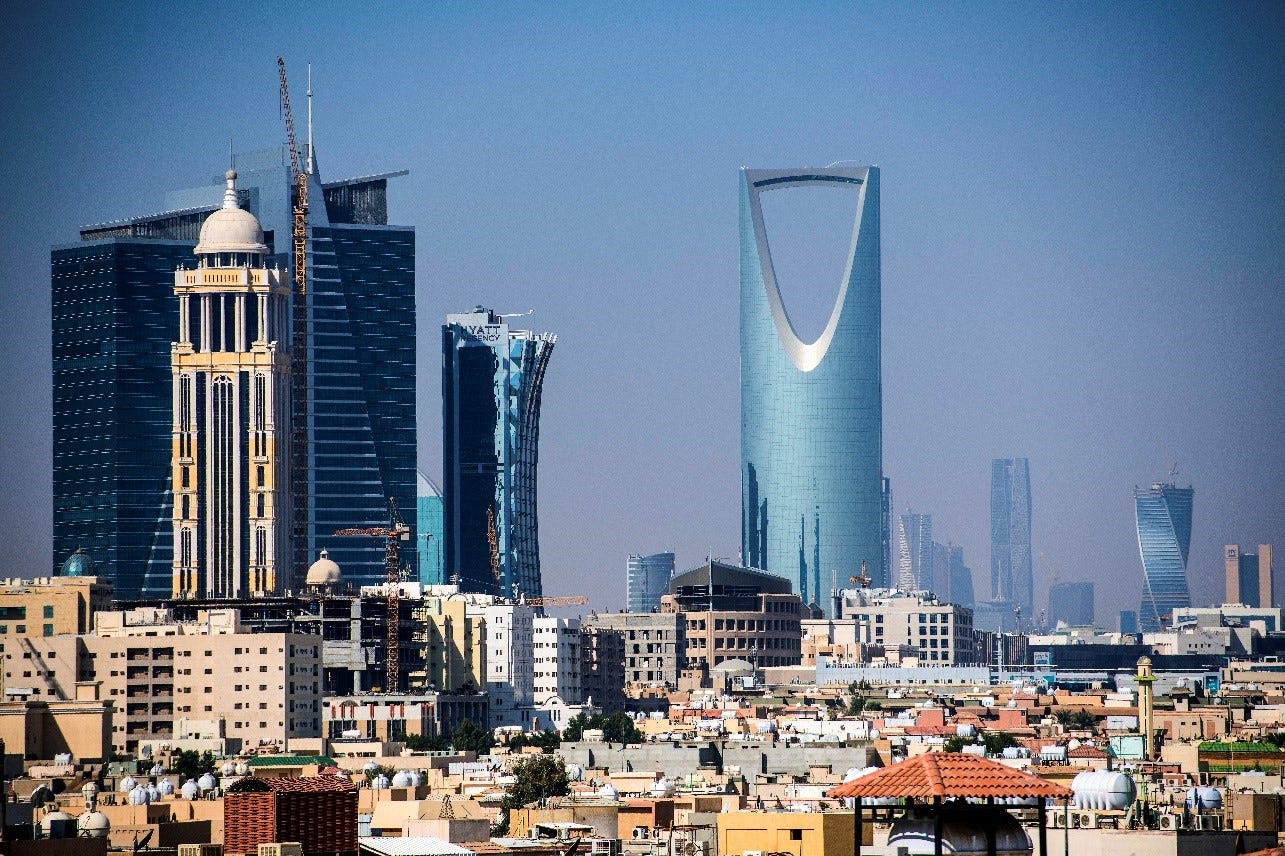Saudi Real Estate Can No Longer Underwrite Vision 2030
By tightening credit and revaluing assets, Saudi policymakers are engineering a managed slowdown.
Official data released on 20 October by the General Authority for Statistics show real estate inflation slowing to 1.3% in the third quarter, down from 3.2% previously, revealing not just a cooling market but a system under strategic restraint. The correction, framed as a fiscal recalibration, reflects the limits of the property-led growth model that once underpinned Crown Prince Mohammed bin Salman’s transformation agenda. With megaprojects such as NEOM and Qiddiya scaled back, the Kingdom’s leadership is acknowledging that real estate can no longer absorb unlimited public spending or speculative capital. The market’s softening is structural, signalling a shift from construction-led optimism to disciplined financial consolidation.
Financialisation Meets Fiscal Reality
Vision 2030’s initial momentum rested on land monetisation and infrastructure expansion. Real estate was designed as both a domestic investment outlet and a political instrument for diversification, linking citizens’ wealth to state-led urban development. That model is now confronting its own contradictions. The government’s deliberate tightening of credit, enforcement of the White Land Tax, and limits on developer leverage reveal an effort to discipline an overheated sector rather than sustain it.
2017’s Foreign ownership liberalisation attracted institutional investment and integrated Saudi property into global finance, yet it also inflated asset values beyond productive demand. By 2024, average residential prices in Riyadh had risen more than 45% from pre-pandemic levels, while wage growth lagged behind. The result was an affordability gap and declining absorption rates across key urban projects.
The Saudi Real Estate Refinance Company, operating under the Public Investment Fund, has expanded securitisation and refinancing to regulate liquidity, while digital registries such as Tawazun have dismantled opaque ownership structures. These reforms convert property into a transparent, tradable financial asset, embedding governance and liquidity discipline. Yet they also reveal the limits of the Vision 2030 growth model: an economy where fiscal control now outweighs speculative dynamism.
Future Outlook: Controlled Opening & Fiscal Discipline
The next phase of Saudi Arabia’s property strategy centres on controlled liberalisation. The government is preparing to open the residential market to foreign buyers in 2026, a policy expected to attract Gulf and expatriate investors under strict regulatory thresholds. The framework will confine ownership to specific urban zones and link transactions to mortgage finance systems overseen by the Saudi Central Bank.
In turn, fiscal authorities are shifting from state-funded expansion to market-based sustainability. Future housing and infrastructure projects will rely more on securitised financing and institutional partnerships than on direct public expenditure. As the sector transitions from political showcase to financial instrument, its performance will hinge on credibility, transparency, and return discipline.




